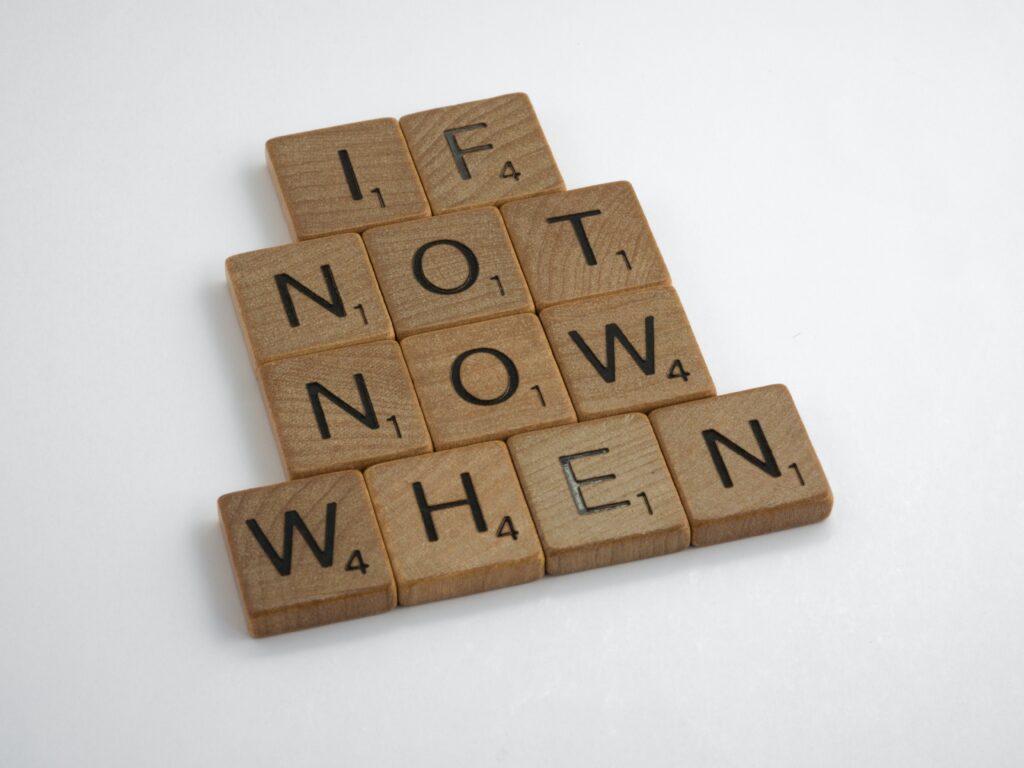Yoga is more than postures and breathing. It is a philosophy, a way of life. When Yoga was translated from Eastern to Western cultures the element which the West seemed to grasp the most was something which was grounded physically and more visible in nature. This was the asanas (yoga postures).
Slowly but surely (thank goodness) we are coming around to the other elements of Yoga which will allow us to create a much more rounded practice and attain freedom from entanglement and unite with the true self. Which is the ultimate goal of yoga to attain moksha – liberation or freedom. The 8 common threads which help up on this path are known as “The 8 Limbs of Yoga”.
Patanjali the author of “The Yoga Sutras” clearly outlined this 8 limbed approach, written across 4 books over 1,700 years ago. If you look at any modern wellness course, program or health retreat it is loosely based I feel on the same threads or at least a few of them. Creating an overall approach to wellness and health including mind, body & soul. Sure what else would you be doing!
Here are the 8 Limbs of Yoga:
1. YAMAS: Wise characteristics
Ahimas – Compassion for all living things
Satya – Commitment to the Truth
Asteya – Not stealing
Brahmacharya – Merging with the One
Aparigraha – Not Grasping
2. NIYAMAS: Codes for Living Soulfully
Shaucha – Purity
Santosha – Contentment
Tapas – Burning Enthusiasm
Swadhyaya – Self Study
Ishvarapranidhana – Celebration of the Spiritual
3. ASANAS: Yoga Postures
Patanjali’s Yoga Sutra describes an asana as having 2 key factors Steadiness & Alertness. Although visually we may see postures as just movement from a to b, there is so much more going on. Including, breathing techniques and focus. Asanas unify the body, breath and mind so don’t be fooled in thinking that is is just another form of exercise. Marrying the breath to the movement and the movement to the breath brings about unity in the asana practice, which in turn focuses the mind.
4. PRANAYAMA: Breathing Techniques
I am breath obsessed to me our breathing is so closely connect to our state of ease or dis-ease. Pranayama itself consists of 2 words, prana is our life breath and the energy which flows around us, Ayama is to stretch or extend.
Put the 2 together and it explains what the focus of the pranayama practice is about – stretching or extending the breath to increase your energy and vitality. The asanas enable you to locate your internal knots and resistance and release them. Now is the turn of the Pranayama to help to extend the breath.
If your breathing is shallow and you are not getting enough oxygen / aka prana into the body it is going to have a knock on effect. This is why making room in your body to breath is so important for overall health. To test this one out check in with your breath a few times during the day and try to notice are you getting enough prana.
5. PRATYAHARA: Withdrawal of the Senses
Pratyahara is the cultivating the space which allows you to respond instead of react in an over stimulating world or mind. Probably one of the most unknown and least understood limbs of yoga. This fifth limb of yoga is now in our era more important than ever.
It can be described as bringing your attention to silence rather than to things. Regularly we are attracted to overstimulating environment’s or internal chatter as a means to escape or turn off from daily life.
Although this could be confused with “switching off” as some call it. It only pushes you further away from connection with your true self. Cutting yourself off through the use of stimulants or stimulating environment’s can be a dangerous game.
For people with an overactive nervous system in fight or flight mode, the behavior can be intensified as they are always on the lookout for danger, so their minds are deeply ingrained in this world of senses. Which is why a lot of people can find meditation difficult.
Pratyahara encourages us to move towards this silence rather than more noise to find the space we need to rest our minds and disconnect to external stimuli or inner dialogue and reconnect to ourselves.
Pratyahara is the crossroad where you start to dial down this external stimuli or internal dialogue and stop the flow of energy out of the body. Reversing your energy inwards, stimulating the body and mind to fully immerse yourself in meditation.
It is no wonder that over the last few years with Covid hanging around people found that withdrawal of the senses became easier. There was a lot less going on and it allowed people that space to think, to feel and to come back to themselves without so much stimuli going on day to day.
6. DHARANA: Focusing your Attention
So you have tuned our external and internal stimuli (pratyahara) now is the time to bring this skill to use by practicing dharana. Bringing your focus to one thing at a time. You can practice dharana in your daily life by simply carrying out one task at a time.
Lets say by going for a walk and allowing yourself to just be present, or by washing the dishes and immersing yourself in the experience rather than thinking of the next thing on the to do list. Dharana lays the foundation for the next limb meditation or dhyana.
7. DHYANA: Meditation
The last 3 limbs of yoga are collectively known as samyaya. They work together by first beginning to focus your attention inward and being present. Dhyana is using this state you have practiced in dharana and bringing it to an increase meditative state where you feel you are in the flow for a sustained period of time both body and mind.
8. SAMADHI: Union with Higher Self
This 8th limb of yoga is brought about by the practice of dharana (focus) and dhyana (meditation) unfolding this enlightened state of self awareness and freedom from the past or future. Samadhi breaks you free from the cycle of karma therefore releasing you of all desires and memories. What you are left with is pure love.
Sounds amazing but we have to remind ourselves that forcing this attainment of a high level of consciousness will only drive away Samadhi if we just focus on it being another thing to “get” or achieve.
It is not about me, or you, being better, or achieving more, or owning more, or wanting more. It’s about residing in the fact that we already have all we need, we are love, we are light and we are one. We no longer are separate from our desires we are one with them and we have all we need. Our energy shifts we are now manifesting…
Namaste
Muriel


